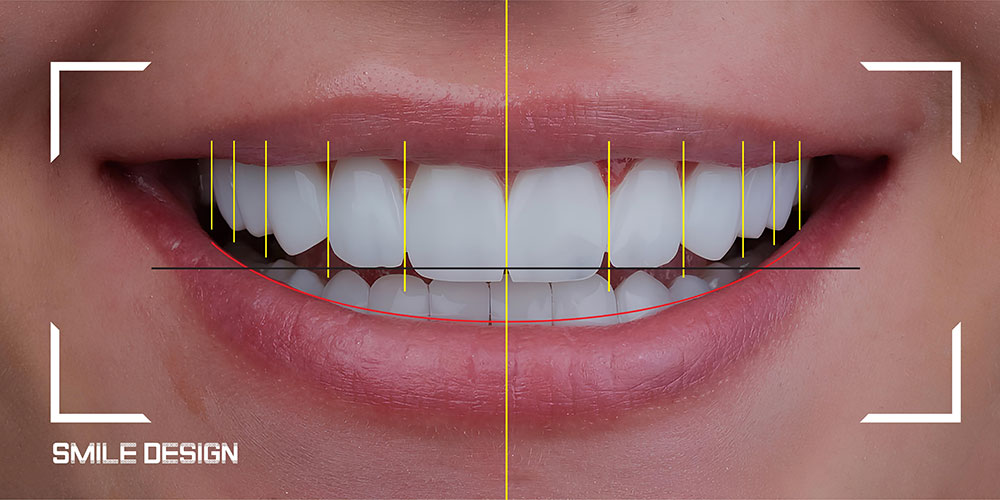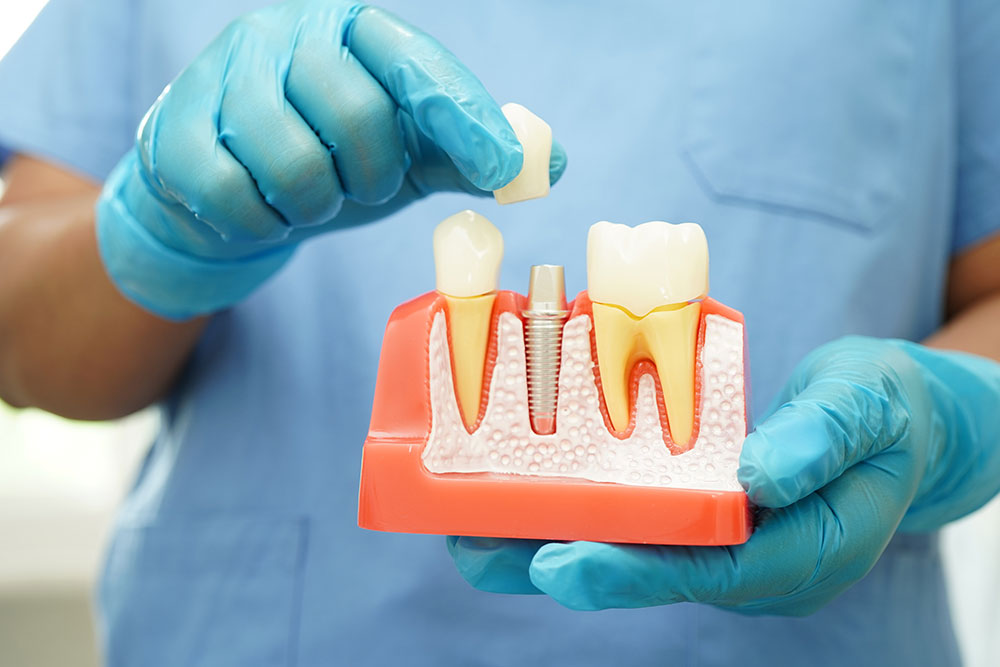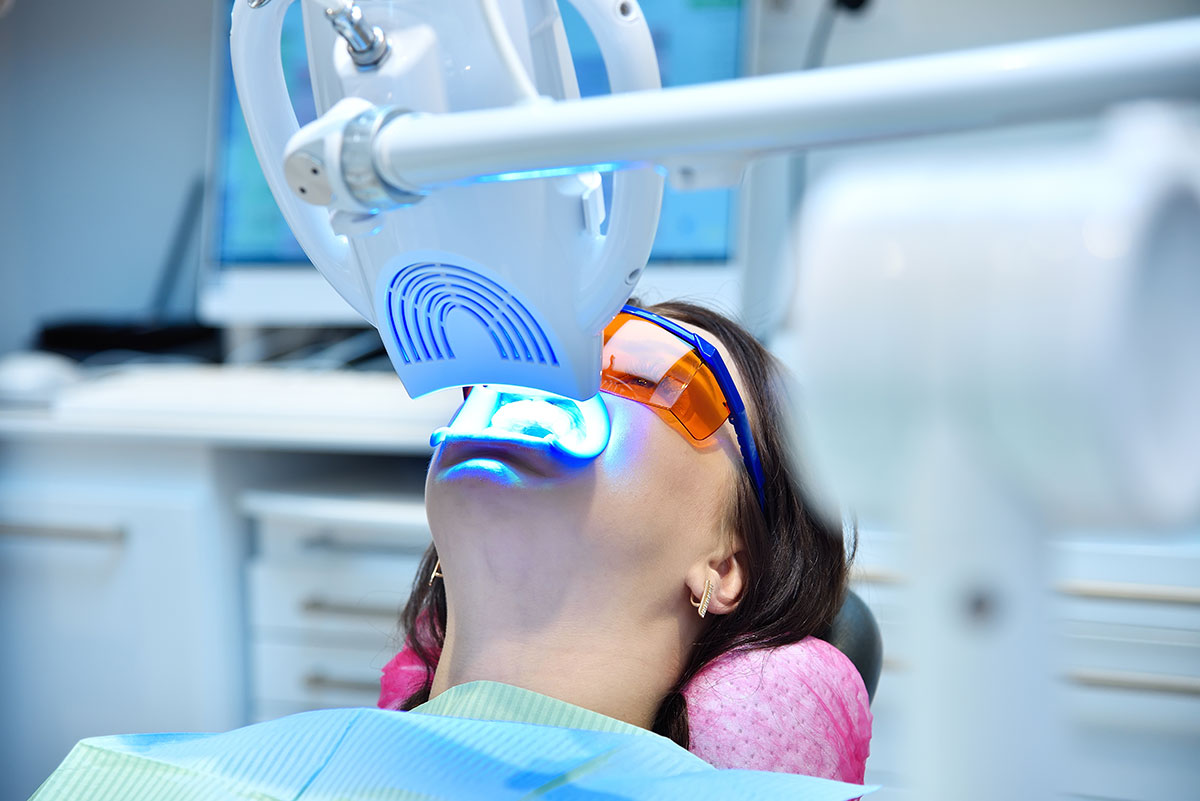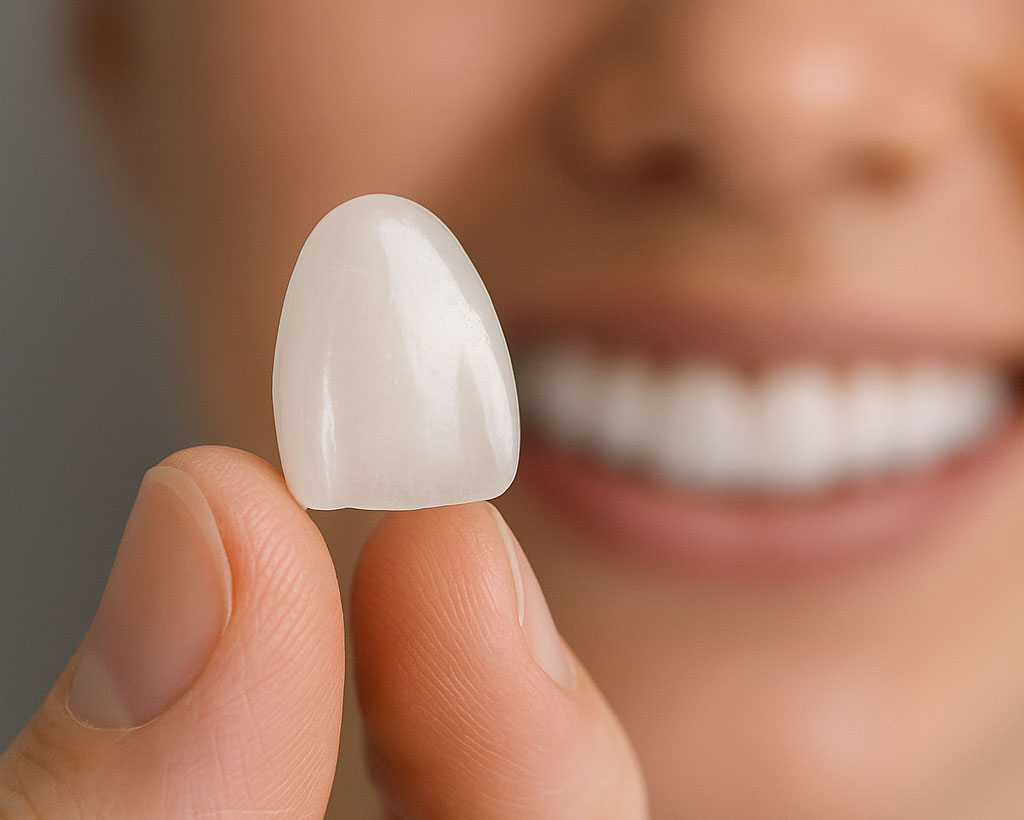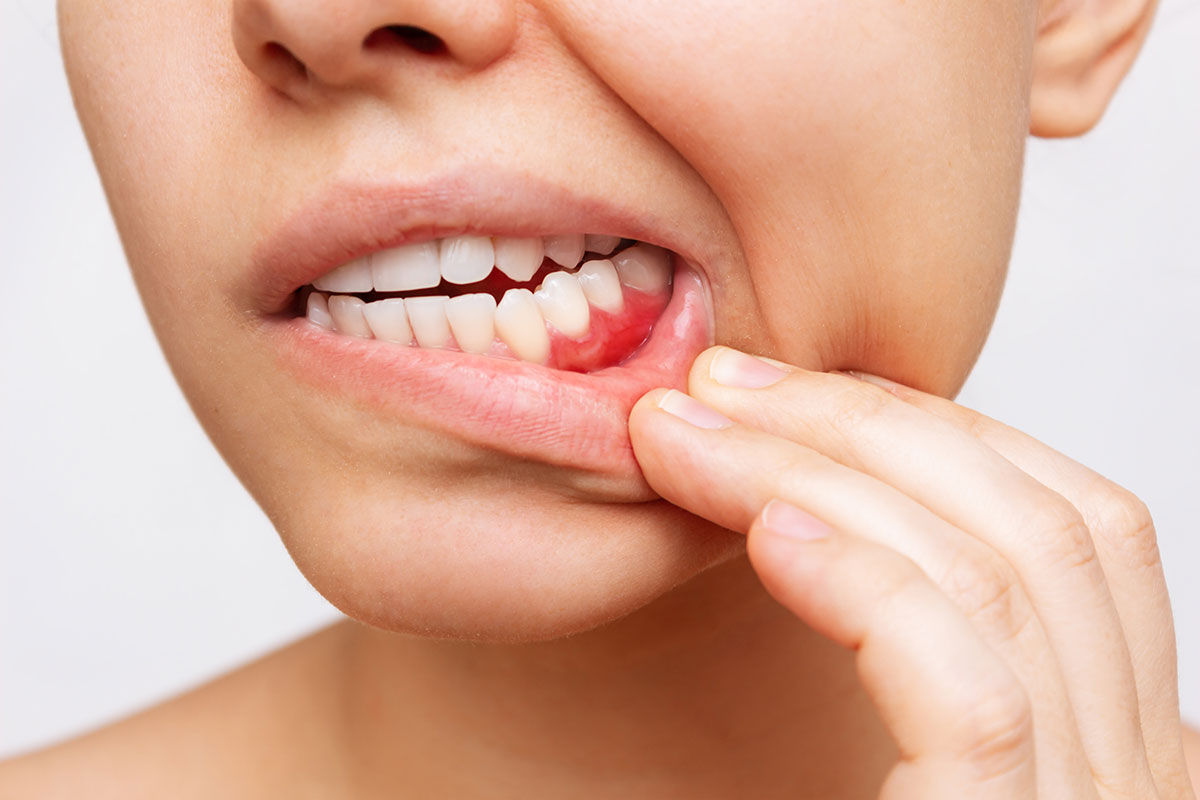Dental health in children is a critical period in which the foundations of oral dental health in the adult period are laid. "Should I prefer a pediatric dentist?", "what is pedodontics?", "how to prevent tooth decay in children?", "fissure sealant application" and "fluoride application" are among the frequently asked questions we receive from families with children. In this blog post, we will provide comprehensive information on the importance of oral and dental health in children aged 0-12, the basic principles of pedodontics (pediatric dentistry), preventive dentistry methods and how to prevent bad habits.
What is Pedodontics (Pediatric Dentistry)?
- Who is a pedodontist?
Pedodontics is the branch of dentistry that deals with the dental, jaw and oral health of children from infancy to adolescence. The terms "pediatric dentist" or "pedodontist" refer to this specialty. Pedodontists monitor children's oral development, diagnose dental caries and disorders at an early stage, and are trained in behavior management and anxiety control. - The importance of pedodontics
- If baby teeth (milk teeth) do not erupt properly, chewing, speech and aesthetic problems arise.
- Deciduous teeth are a guide for the permanent teeth erupting underneath; in case of early loss, tooth gaps can cause neighboring teeth to shift and jaw development disorders.
- Pedodontists use special techniques to prevent children's dental phobia and teach them the habit of regular oral care in the future.
Infancy and the Importance of Milk Teeth
- Oral care in infancy
- Massaging babies' gums with a clean cheesecloth from birth protects the health of the oral mucosa.
- With the eruption of the first teeth (around 6-8 months of age), the brushing process begins using a special baby brush and a small amount (the size of a grain of rice) of fluoride toothpaste.
- Functions of milk teeth
- Biting and chewing: Milk teeth help the child to break food into small pieces.
- Speech development: The area where the tongue touches the teeth affects the motors of vocalization and speech.
- Guidance of permanent teeth: When milk teeth are extracted, the risk of drift and crowding of the permanent teeth underneath increases.
- Aesthetics and self-confidence: Having straight teeth increases children's self-confidence in social life.
- Things to consider in the care of milk teeth
- Baby bottle caries (risk of "cavities" as a result of sleeping with a bottle or pacifier)
- Consumption of formula and fruit juice with high sugar content
- Regular dental check-ups should start at an early age (examination is recommended when the first tooth appears or at the age of 1 year).
- "Baby bottle caries" and "tooth decay in infants" are issues that parents should pay attention to.
Preventive Dentistry Methods
Fluorine Applications
- What is fluorine and how does it work?
- Fluorine strengthens tooth enamel and prevents bacterial acids from eroding it.
- "Fluorine" or "fluorine gel" is commonly used in preventive dentistry.
- Fluoridated toothpastes and professional applications
- Children under 6 years of age should use low concentration fluoridated toothpaste (1000 ppm).
- Under the control of the pedodontist; vernix, professional fluorine gels containing 6,000-9,000 ppm are applied to the tooth every 6 months.
- Since there is a risk of excess fluorine (fluorosis), the dose and interval should be regulated under the supervision of a physician.
Fissure Sealants (Pit & Fissure Sealant)
- What is it?
- It is the process of covering the indentations and pits (fissures) on the chewing surface of milk and/or permanent molars with special composite material.
- This protects areas that the toothbrush cannot reach.
- Implementation phases
- The tooth surface is acidified with fluoric acid.
- The surface is dried and special fissure sealant composite material is applied.
- Polymerization is achieved with a light source (LED lamp).
- The procedure takes about 10-15 minutes; ideally it is performed in stages as soon as the permanent molars erupt (6 years and 12 years).
- Impact and protective benefits
- Fissür örtücü uygulamasının çürük önleme oranı %70–90 arasında raporlanmıştır.
Regular Dental Checkups
- Time and frequency of the first examination
- The first dental examination should be done as soon as the baby's first tooth erupts or at the latest at the age of 1 year.
- Children should be brought to a pedodontist every 6 months.
- Actions taken during controls
- Tooth surface cleaning (prophylaxis)
- Radiographic examination (milk molars, positioning of permanent teeth)
- Oral hygiene training (demonstration of correct brushing techniques to the child and parent)
- Detection of developmental problems (narrow jaw, risk of crowding, finger sucking habit, etc.)
Nutrition and Oral Hygiene Habits
- Good Eating Habits
- Sugary and acidic foods (carbonated drinks, chocolate, sticky sweets) predispose to tooth decay.
- Fresh fruit, yogurt and water should be preferred for snacks.
- Calcium-containing foods such as milk, cheese and yogurt strengthen tooth enamel.
- Brushing and Flossing
- From the age of 2, children should brush their teeth at least twice a day using an electric toothbrush or a soft-bristled children's toothbrush.
- Children over 6 years of age should get into the habit of flossing or using an oral irrigator.
- "Children's toothbrush model", "children's toothpaste recommendation" you can get detailed information from your dentist. .
- Dessert Crisis Management
- Children with sweet cravings can be offered cheese and fruit salad with yogurt as much as possible.
- Healthy snacks such as nuts and fruits should be given in snacks and sugary, sticky foods should be avoided.
Preventive Treatments for a Brighter Smile
Orthodontics and Developmental Follow-up
- Orthodontic early diagnosis
- An "early orthodontic" examination is recommended around the age of 7-8 years.
- If jaw narrowing, crowding or bite disorders (open bite in the upper jaw, cross bite in the lower jaw, etc.) are detected, orthopedic appliances (expander, functional appliance, etc.) are used during the growth period.
- "First orthodontic examination" and "pediatric orthodontics"
Parents can consult an orthodontist at an early stage to prevent their children from wearing braces in the future or to shorten the duration of braces.
Oral Hygiene Education and Psychological Approach
- Behavior Management Techniques
- "Fear of the dentist" (dental anxiety) is common in children. Pedodontists use the "tell-show-do" method to familiarize the child with the dental environment.
- Positive reinforcement, rewards (stickers, small toys) are used.
- The Role of Parents
- Parents should encourage their children to enjoy regular dental hygiene by making it a game.
- Keywords such as "tooth brushing game with kids" or "dental hygiene cartoon suggestions" are frequently searched for by parents.
- Correct Brushing Techniques
- Before the age of 3, under parental supervision, between the ages of 3 and 6 with guidance, and over the age of 6 to acquire brushing skills on their own.
- Concepts such as "bass technique" and "round movement" are taught in pedodontics.
Bad Habits and Oral Development in Children
Finger Sucking and Lip Dragging
- The harms of thumb sucking
- Prolonged finger sucking can cause upper jaw stenosis, open bite, and lower jaw cross bite.
- Lip dragging and its effect on teeth
- Biting the lower lip causes the lower front teeth to be pushed inwards and leads to malocclusion.
- The pedodontist plans to terminate the habit with extrapyramidal appliance or psychological approach.
Prevention of Mouth Breathing
- Causes of mouth breathing
- Nasal congestion may develop due to causes such as large tonsils, allergic rhinitis, sinusitis.
- Children who breathe through their mouths develop "wee teeth" (open bite) and an allergic facial appearance.
- Treatment approaches
- Referral to an otolaryngologist (ENT) examination
- Allergy tests and symptomatic treatment
- Pedodontically, the jaw position can be regulated with orthodontic appliances.
Milk Tooth Caries and Filling Treatment in Children
- Causes of decay in milk teeth
- Inadequate brushing, high sugar diet, bottle decay (especially sleeping with a bottle at night)
- Not using a straw when drinking breast milk or plain juice can expose the teeth to a constant acidic environment.
- Caries detection and treatment methods
- Visual examination, non-irradiated dental examination (DIAGNOdent, light devices)
- If there is extensive decay in milk teeth, pulp (silib) treatment may be required before filling.
- Treatment with colored composite filling materials can offer colorful (pink, blue) filling options to attract children's attention.
- Endodontic (Canal) Treatments
- Large pulp process in milk teeth; It is important for families looking for "milk tooth root canal treatment".
- If root canal treatment is not timed correctly, the risk of abscessed tooth, jawbone inflammation and systemic infection increases.
Emergency Dental Problems and First Aid in Children
- Dental Trauma (Fracture, Impact, Tooth Fall)
- Dental trauma is common when the child is playing, falling off a bicycle, etc.
- In case of a broken milk tooth, a pedodontist should be visited without worry; in small fractures, filing the rough edges may be sufficient.
- If the permanent tooth is completely dislodged (avulsion), the tooth should be carried in fresh milk or in the mouth (in the cheek pocket) and a specialist should be consulted within 30 minutes at the latest.
- Emergency Toothache and Infection
- Most of the causes of "children's toothache" come from an infected baby tooth.
- As first aid, cold compresses, gargling with salt water (1 teaspoon salt/200 ml water) can be applied.
- Antibiotics and painkillers prescribed by a physician should be used.
- Bleeding Gums and Abscess
- If there is redness, swelling, bad breath, high fever, emergency dentist intervention is required.
- "Tooth abscess in a child", seek help from dentist for emergency planning
Dental Aesthetics and Orthodontic Follow-up in Children
- Early Orthodontic Evaluation
- Until the age of 7, children's tooth alignment is monitored; if there is crowding, functional orthodontic appliances are applied.
- Whitening and Aesthetic Procedures
- Milk teeth whitening is not recommended; stains from colored food are removed by "prophy" (cleaning).
- As for permanent teeth, professional whitening can be considered in children over the age of 16, if appropriate.
Practical Advice for Parents
- Regular Brushing and Flossing
- 2-3 years: Brushing twice a day under parental supervision
- Over 6 years of age: Development of children's ability to brush on their own; use of dental floss and mouthwash
- Balanced Nutrition and Sweet Restriction
- Foods such as fruit, yogurt, walnuts should be preferred as snacks
- Sugary drinks (cola, fruit juices) should be limited; water and milk should be encouraged
- Dentist Visits
- First examination When the first tooth appears or at 1 year of age
- Subsequent check-ups Pedodontist appointment every 6 months
- The Role of the Parent and Modeling
- Setting an example for the child: The parent's own regular oral care has a positive effect on the child
- Reduce fear of the dentist: Methods such as giving a tour of the dentist's office first, giving a toy toothbrush as a gift
Frequently Asked Questions
- My child is 1 year old, when should I take him/her to the dentist?
- It is recommended to see a pedodontist when the first tooth appears or at the age of 1 year. Early examination prevents caries and developmental disorders. - How do I prevent bottle rot?
- Mouth should be rinsed with water after feeding at night and care should be taken not to put them to sleep with a bottle.
- The search for "How to prevent bottle rot" provides detailed information on this topic. - Is fissure sealant application harmful to children?
- No, fissure sealant is a completely safe procedure. It has a high caries prevention effect.
- Before the application, the tooth is ensured to be dry and a minimal amount of material is removed from the tooth. - How can I get my child to stop thumb sucking?
- Positive reinforcement, thumb sucking apparatus or storytelling can break the habit without creating fear. - Are there any side effects of fluoridation in children?
- Professional fluorine gels used at the appropriate dose and range have no side effects.
- Risk of excessive fluorine intake (fluorosis); therefore, the dose recommended by the pedodontist should not be exceeded.
Dental health in children lays the foundation for a healthy smile that will last a lifetime with the right education given at an early age, preventive practices and the habit of consulting a doctor regularly.
If you are concerned about your child's dental health, consult a pedodontist early on;
- Protective applications (fissure sealant, fluoride)
- Overcoming fear of dentists with behavior management
- Scheduling regular examinations
you can get support on these issues. Baby teeth are the source of future permanent teeth and timely interventions are very important for a smooth oral development.
Wishing you healthy smiles...

